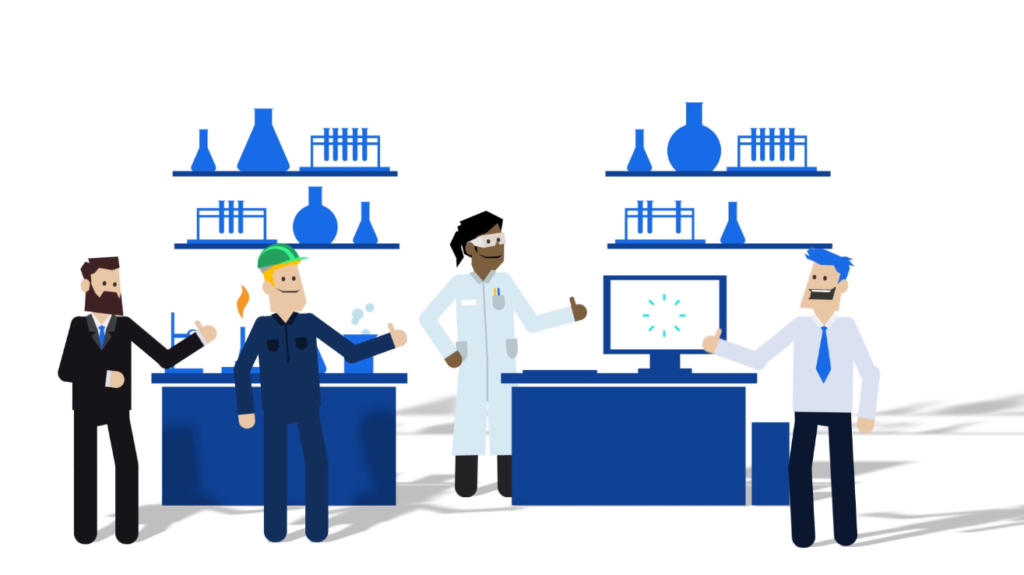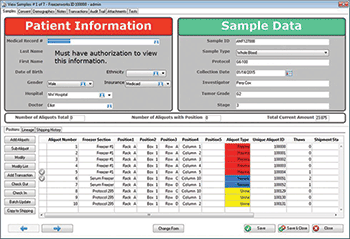

This keeps the lab workflow moving and prevents delays or issues arising from a lack of stocks.

A LIMS system can fully automate this process, ensuring that supplies are ordered in advance according to requirements. Keeping track of inventory is an important part of day-to-day lab management. Using a LIMS to hold this information reduces the risk of a sample becoming lost, contaminated or expiring. It also includes information such as how it should be stored and any expiration dates. This normally includes the source of the sample, the names of the lab researchers working on it and which parts of the workflow it has passed through. Detailed information can be recorded when the sample is created or first arrives in the lab, which can be enhanced and expanded throughout its lifecycle. Sample ManagementĪ LIMS are commonly used in Sample Management to keep accurate records of each sample.


Work out your LIMS requirements using this guide. There will be differences between LIMS systems depending on the manufacturer, such as mobile-access, customization options and the level of technical support required. A LIMS system will perform a range of core functions. The main purpose of a LIMS is to improve lab efficiency and accuracy by reducing manual operations. LIMS software helps labs meet regulatory requirements such as GMP, FDA 21CFR Part11, GLP by encapsulating what they do and how they do it, enabling efficient management of the lab.


 0 kommentar(er)
0 kommentar(er)
